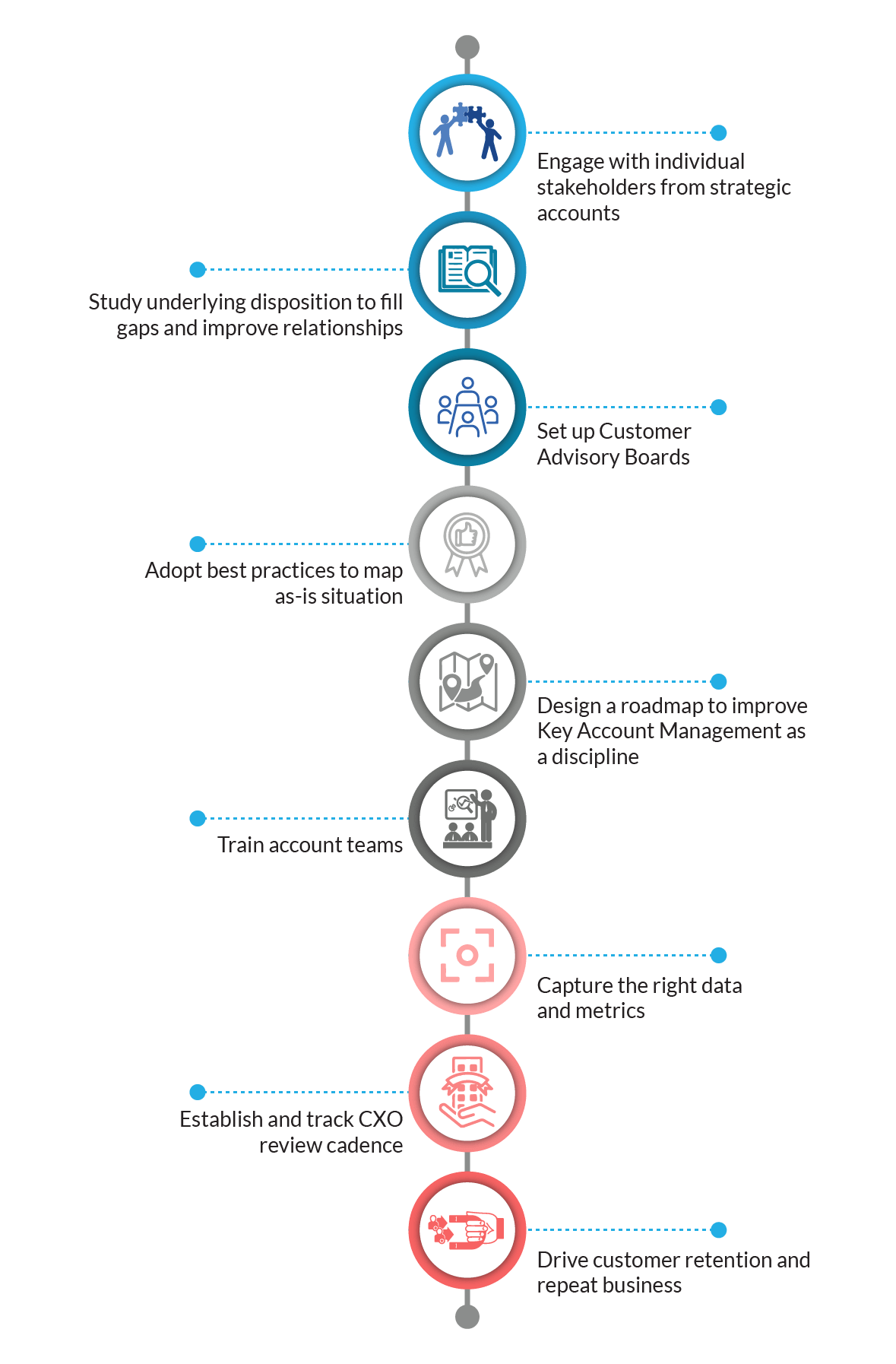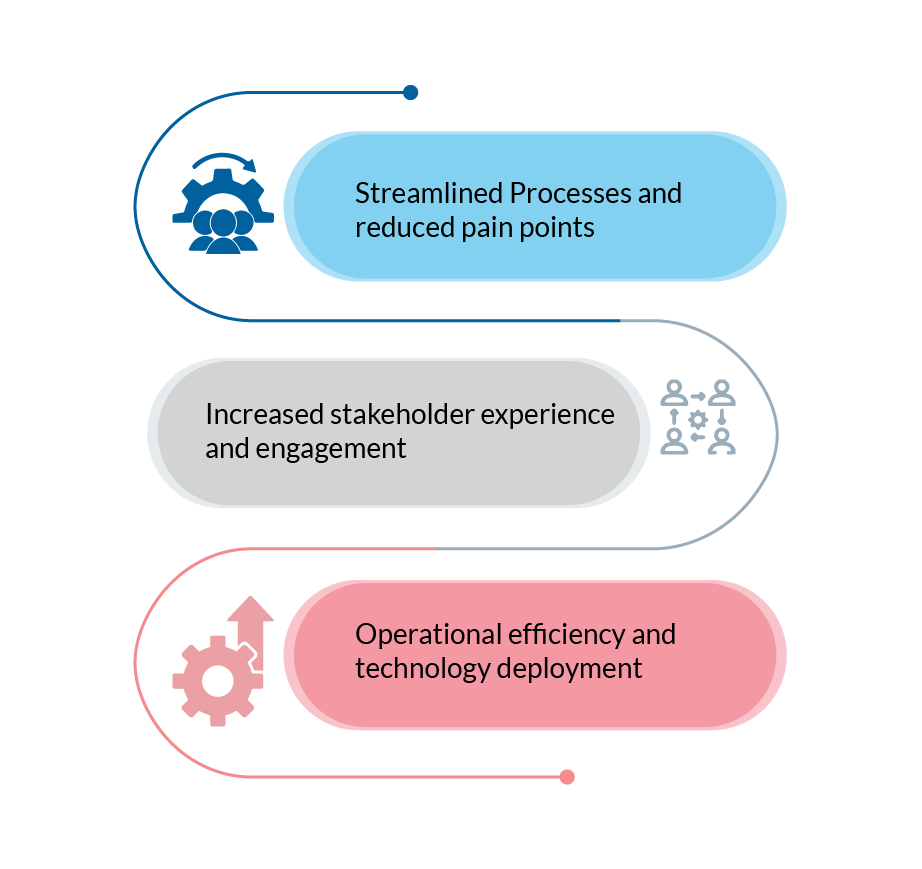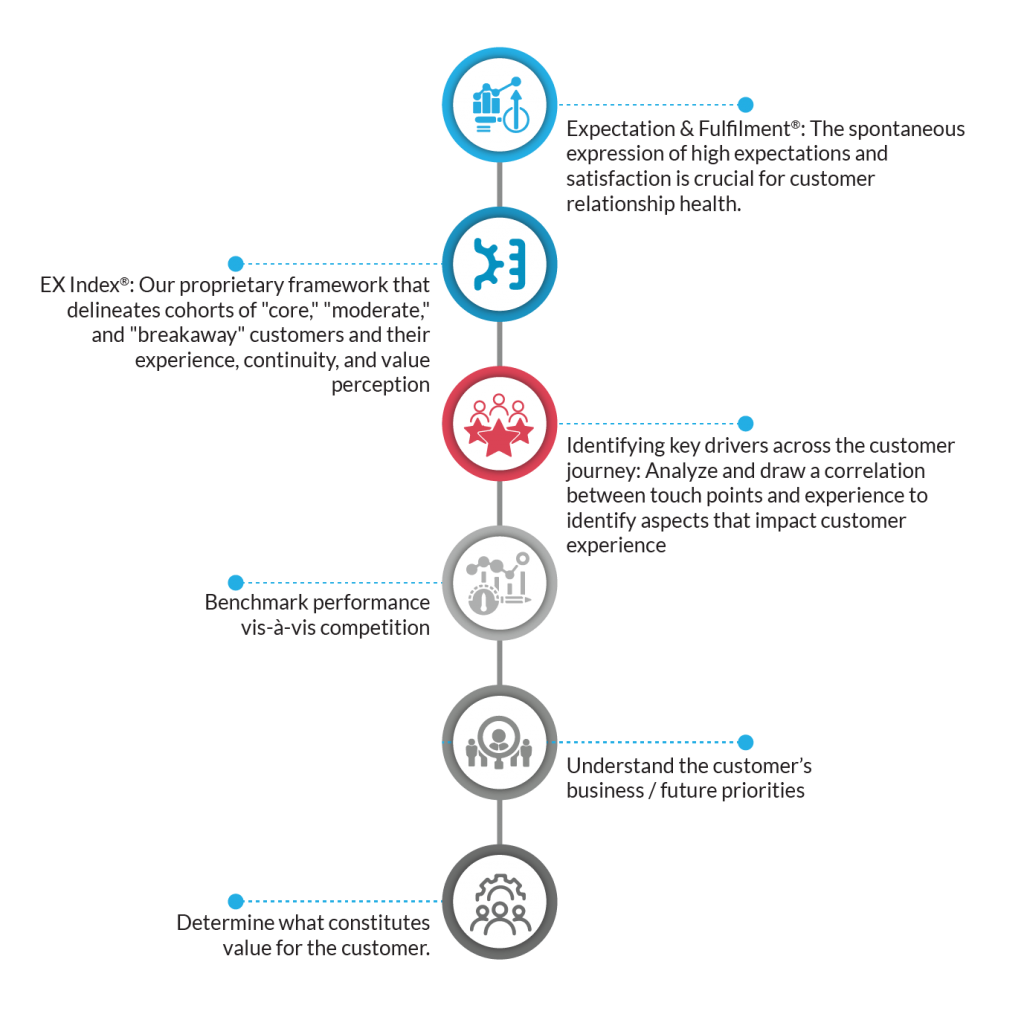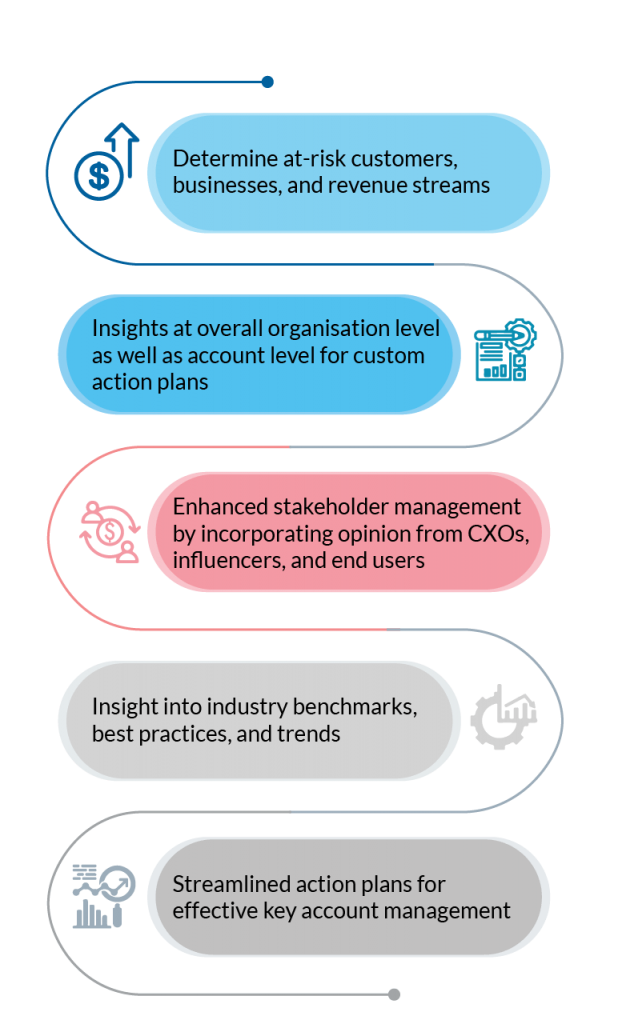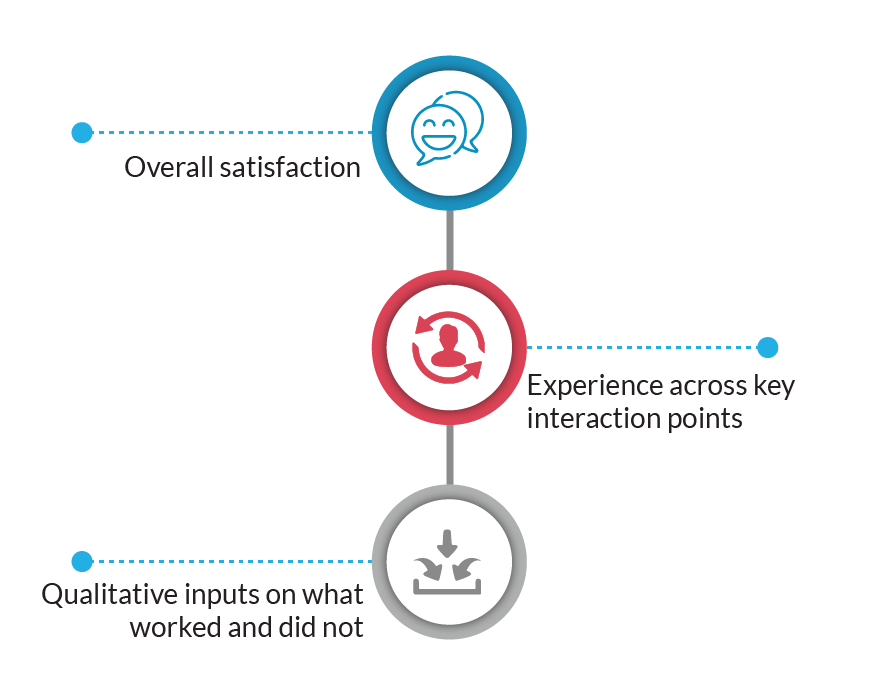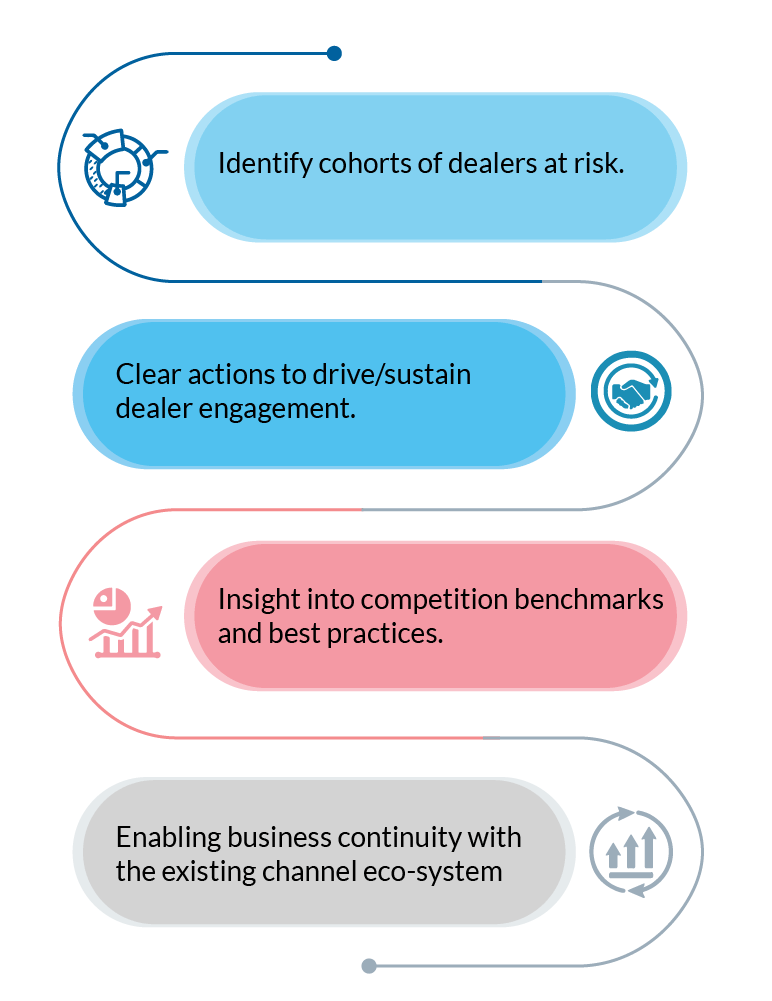What is not in your consumer’s mind cannot be in her consideration set. Hence Awareness
There are some common pitfalls in conducting awareness studies. Some interesting experiences below:
1) Define the category very sharply: Increasingly the market is getting fragmented into categories and sub categories. For example beverage was understood as a single category some years back. Now, this gets further broken down as hot beverages, carbonated drinks, fruit juices etc.
Hence it becomes extremely important to define the category consideration at a granular level. Else you will end up measuring awareness with a completely different frame of reference.
2) Keep it Simple: Marketing Professionals are used to the category names and jargon in day to day work and assume the average consumers will also understand. During a study on lighting, we realized in the initial pilot phase all customers did not understand the word ‘Luminaire’ and a simpler nomenclature would be ‘Fitting and fixtures for lighting’.
We need to ensure the category is understood across SEC groups. Else the awareness test will fail if the terms used are not understood properly.
3) Quota for client’s brand will affect the outcomes: There is always a temptation to add secondary areas of investigation in an awareness study and set quotas for the client’s brand by doing boosters. Having quotas in the sampling approach can hugely skew the findings and make the awareness conclusions erroneous.
Awareness studies are best done using simple random sampling.
4) Where do you ask awareness in the Questionnaire design: While it sounds silly, there are instances when awareness has been asked after a lot of deliberations about the brands in the category; e.g. measuring awareness in a satisfaction study leads to questions on awareness finding its place at the end of the questionnaire.
Measuring awareness post exposure / sensitizing to the brand will bias the awareness results.
5) Sampling becomes critical when you track awareness: Sampling technique and the consistency of the sampling becomes paramount when you track awareness on a periodic basis. Need to ensure proper geographical spread so that we cover all types of people and profiles.
Sampling is not often elaborated in the design to field teams which could lead to skewed results.
6) Awareness is definitely bipolar: You cannot have expression like ‘somewhat’ aware. Sounds pretty evident but we can fall prey to this folly. Awareness is always bipolar in nature (Yes / No) and can’t be measured on a continuous scale (somewhat, extremely, etc.)
Finally it is important to remember that awareness is time bound and pertains to the present time. You cannot check awareness for future or past although you can refer to past studies to refer trends.





























